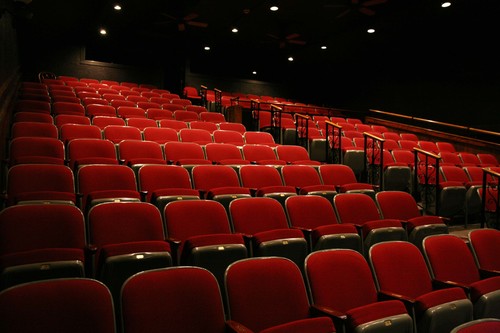Theater Seating
 Hi! If you happen to open and read this problem, you are obliged to answer this question.
Hi! If you happen to open and read this problem, you are obliged to answer this question.
An architect designs a theater with 15 seats in the first row, 18 in the second, 21 in the third, and so on. If the theater is to have a seating capacity of 870, how many rows must the architect use in his design?
This section requires Javascript.
You are seeing this because something didn't load right. We suggest you, (a) try
refreshing the page, (b) enabling javascript if it is disabled on your browser and,
finally, (c)
loading the
non-javascript version of this page
. We're sorry about the hassle.
T h e n u m b e r o f s e a t s i s i n t h e s e q u e n c e 1 5 , 1 8 , 2 1 , . . . I n t h e s e q u e n c e t h e 1 s t t e r m o r a 1 i s e q u a l t o 1 5 . T h e c o m m o n d i f f e r e n c e o r d i s e q u a l t o 3 . T h e n u m b e r o f s e a t s m u s t b e 8 7 0 , w h i c h m e a n s t h e s u m o f t h e s e q u e n c e u p t o t h e n t h t e r m m u s t b e 8 7 0 . W e w i l l u s e t h e f o r m u l a S n = 2 n [ 2 a 1 + ( n − 1 ) d ] W h e r e S n i s t h e s u m o f t h e s e a t s a n d n i s t h e n u m b e r o f r o w s . a 1 = 1 5 d = 3 S n = 2 n ( 3 0 + 3 n − 3 ) = 8 7 0 3 n 2 + 2 7 n − 1 7 4 0 = 0 n 2 + 9 n − 5 8 0 = 0 ( n − 2 0 ) ( n + 2 9 ) = 0 n = 2 0 ( n > 0 ) ∴ T h e a r c h i t e c t m u s t u s e 2 0 r o w s i n h i s d e s i g n .